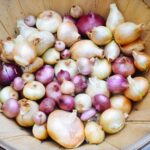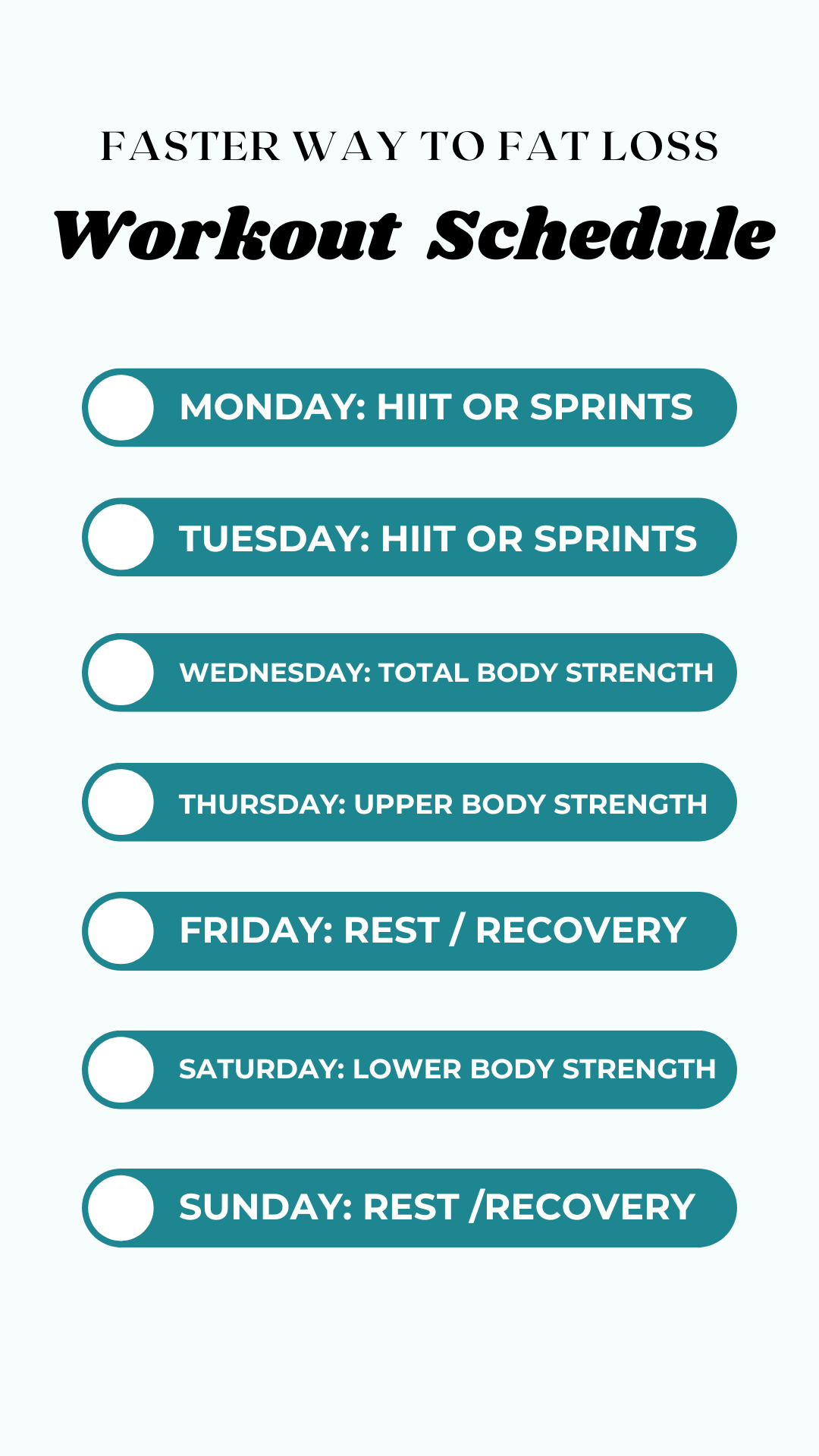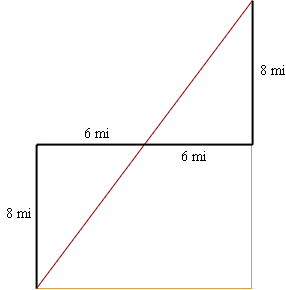Garlic, a staple in kitchens worldwide, hinges on a crucial step for its pungency and flavor: the harvest. The secret lies in the trick of knowing when to harvest garlic, a skill that rewards with the best taste and storage life. Timing is everything, and understanding the signs can make all the difference.
Whether you are a seasoned gardener or a beginner, this guide will provide you with all the necessary information to harvest your garlic at the perfect time. Now, let’s delve into the details of garlic harvesting and uncover the best practices for a bountiful yield.
How And When Should You Harvest Garlic?
Harvesting garlic requires attentive observation and timing. Typically, garlic planted in the fall is ready to harvest in the late spring or early summer. Look for the telltale signs such as the browning of the lower leaves while the upper leaves remain green. This usually indicates that it’s time to gently unearth a test bulb to check for maturity.
When the cloves fill out the skins and the bulb is firm, it’s time to harvest. Use a garden fork to carefully lift the bulbs, avoiding direct pulling which can damage the stalk and the bulb. Let the bulbs lie in the soil for a moment to adjust to the change in temperature before moving them to a shaded area.
It’s important not to wait too long; otherwise, the cloves may begin to separate, reducing their shelf life. Likewise, harvesting too early can result in underdeveloped bulbs. Thus, timing for garlic harvesting by variety plays a crucial role in the process.
What Are The Signs That Garlic Is Ready To Harvest?
The signs of mature garlic bulbs include several visual cues. When roughly one-third to one-half of the leaves turn brown, it’s a strong signal that the garlic is ready. Hardneck garlic will also send up scapes, which should be removed to encourage the bulbs to grow larger. Once the scapes start to curl, it’s another indication that harvest time is nearing.
Another sign is the size of the bulb, visible at the soil surface. The garlic growth stages culminate with the bulb having distinct, plump cloves that fill the skin. If you’re unsure, dig up a single bulb to assess its development.
Garlic should feel firm to the touch, and the wrapper should be intact and not too thin. If the outer layers are missing, and the individual cloves are visible, it may indicate over-maturity. It is crucial to harvest before cloves begin to separate, or the bulb splits open.
When Is The Best Time To Harvest Garlic Planted In October?
Garlic planted in October is typically ready for harvest in early to mid-summer. The exact timing can vary depending on your climate and weather conditions during the growing season. In cooler climates, garlic may take longer to mature.
Keep a close eye on the garlic starting in late spring. The best time to harvest garlic is often just before the summer solstice, but this can vary. It’s important to rely on the condition of the garlic plants themselves rather than a specific date on the calendar.
Remember, the weather can affect the growing cycle. A particularly wet or dry season can accelerate or delay maturity, emphasizing the need for vigilant observation.
How Do You Know When To Harvest Garlic Planted In November?
Garlic planted in November follows a similar timeline to that planted in October, with a few caveats. The slightly delayed planting may push back the harvest by a week or two. Therefore, expect to harvest from mid to late summer depending on your location’s climate and weather patterns.
Again, it’s important not to base the harvest time solely on the calendar. It’s the plant’s growth and condition that provide the most reliable indicators. For those in warmer climates where winters are mild, the difference in harvest time may be negligible.
By keeping a gardening journal with notes on planting, weather, and growth stages, you can develop a more accurate prediction for your specific garden’s harvest time in subsequent years.
What Happens If You Pull Garlic Too Early?
Pulling garlic too early can result in smaller bulbs that may not have fully divided into cloves. These immature bulbs lack the full flavor and do not store well.
Early harvest can also lead to a softer outer layer, which can make the garlic more susceptible to damage and disease. It’s best to wait until the garlic has reached its full potential to enjoy the full benefits of your crop.
To avoid this scenario, perform periodic checks and be patient. The signs of mature garlic bulbs are the ultimate guide to ensuring a well-timed harvest.
How To Protect Your Garlic From Squirrels?
- Use netting or chicken wire to create a physical barrier over your garlic beds.
- Apply natural repellents like peppermint oil or predator urine around the garden to deter squirrels.
- Keep your yard clean and free of food attractants that may entice squirrels to visit.
- Introduce companion planting with plants that have strong scents, which squirrels tend to avoid.
What Is The Proper Way To Dry And Store Garlic?
After harvesting, drying or curing garlic is crucial for long-term storage. Place the harvested bulbs in a well-ventilated, dry area away from direct sunlight. The drying process can take several weeks.
Once the outer skin is papery and the roots are brittle, you can trim the stalks and roots. Store the cured garlic in a cool, dry place with good air circulation. Mesh bags or baskets are ideal for storage, as they allow air to pass through.
Avoid storing garlic in plastic bags or containers, which can retain moisture and cause mold. Properly cured and stored garlic can last for months, ensuring a supply of this essential ingredient long after the harvest.
Questions Related to Harvesting Garlic
How Do I Know When It’s Time to Pull My Garlic?
The best indicator is the condition of the leaves. When the lower leaves turn brown, and the upper leaves remain green, it’s time to consider harvesting. Conduct a test dig to check for bulb maturity.
Another sign is the fullness of the bulb. If the cloves are well-defined and the bulb is firm, it’s likely ready. Remember to also consider the variety of garlic, as different types can have slightly different harvesting times.
Can You Leave Garlic in the Ground Too Long?
Leaving garlic in the ground too long can lead to the cloves separating and the protective layers deteriorating. This reduces the garlic’s shelf life and makes it more vulnerable to pests and rot.
Once the optimal harvest time has passed, bulbs may also start to sprout, which diminishes their quality for culinary use. To avoid these issues, harvest when the signs of maturity are evident.
Is September Too Late to Harvest Garlic?
September is generally considered too late to harvest garlic in most climates. By this time, garlic storage solutions become less effective as the bulbs may have begun to deteriorate.
However, if you’ve missed the ideal harvest period, it’s still worth checking the condition of the bulbs. If they remain firm and the skins are intact, they may still be usable, albeit with a shorter storage life.
What Happens If You Wait Too Long to Harvest Garlic?
Waiting too long to harvest garlic can lead to over-mature bulbs, where the cloves may start to separate, and the protective wrappers deteriorate. This leads to a shortened shelf life and increased susceptibility to decay and disease.
Overly mature bulbs are also less flavorful and can sprout prematurely. To ensure the quality of your garlic, pay close attention to the signs of readiness and harvest accordingly.
Learning the trick of knowing when to harvest garlic is invaluable for every gardener. To enhance your understanding, check out this helpful video:
In conclusion, timing your garlic harvest correctly can make the difference between a good and a great crop. Pay attention to the signs, employ the best practices for harvesting garlic, and enjoy the fruits of your labor in the kitchen and beyond.






